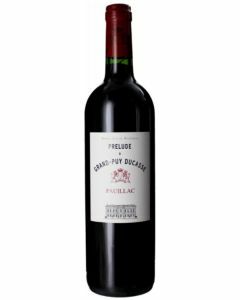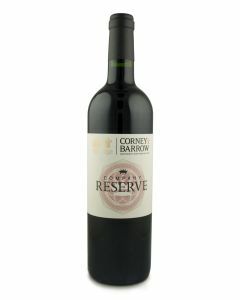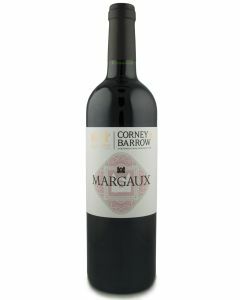
-
France
Bordeaux - Cabernet Sauvignon blend
- ABV 13.5%
-
Drink now / lay down
2020 - 2028
Bordeaux Whites & Entre-deux-mers
While synonymous with reds, the Bordeaux wine region also houses some fine white wines, including sparkling, dry and famous golden-coloured sweet wines from Sauternes & Barzac. The appellation of Entre-deux-mers, located between the Dordogne and Garonne rivers, is the largest in the Bordeaux region. The wines from Entre-deux-mers are usually white, with a small percentage of reds and rosés. White Bordeaux wines are typically blends of Sauvignon Blanc and Sémillon. The wines are generally medium-bodied with aromas of citrus fruits, gooseberry and tropical fruits.
Bordeaux Appellations
There are four main categories of Bordeaux appellations: AOC Bordeaux, AOC Bordeaux Supérieur, Crémant de Bordeaux and Vin de Pays.
AOC Bordeaux
AOC Bordeaux wines must be made from a minimum of 90% Merlot and Cabernet Sauvignon grapes, with the remaining 10% made up of any other permitted grape variety. The wines must also be aged for a minimum of 12 months in oak barrels before being released for sale.
AOC Bordeaux Supérieur
AOC Bordeaux Supérieur wines must be made from a minimum of 80% Merlot and Cabernet Sauvignon grapes, with the remaining 20% made up of any other permitted grape variety. The wines must also be aged for a minimum of 14 months in oak barrels before being released for sale.
Crémant de Bordeaux
Crémant de Bordeaux is a sparkling wine made using the traditional method of second fermentation in the bottle. The wines must be made from a minimum of 60% Merlot and Cabernet Sauvignon grapes, with the remaining 40% made up of any other permitted grape variety.
Vin de Pays
Vin de Pays wines are made from any grape variety and do not have to be aged before release.
Bordeaux Classification of Quality Control
Bordeaux wines are classified into two categories: Appellation d'Origine Contrôlée (AOC) and Vins Délimités de Qualité Supérieure (VDQS). The AOC classification is the highest level of quality control, and VDQS wines are of a slightly lower quality.
AOC Bordeaux wines must be made from grapes grown in a specified area and must meet strict quality control standards. The AOC system was established in 1936, and there are currently 57 AOCs in Bordeaux.
VDQS wines must also meet strict quality control standards, but the specified area of the region is larger, and the requirements are not as stringent as for AOC wines. The VDQS system was established in 1947, and there are currently 17 VDQSs in Bordeaux.
Our take on Bordeaux Wines
Today's Bordeaux wines retain a certain stoical classicism whilst meeting more modern expectations of accessibility. Bordeaux is a region that was a true source of inspiration for many of the world's most popular wines. For anyone who prefers a red wine blend, we encourage you to sample both a Left and Right Bank Bordeaux. The Cabernet Sauvignon & Merlot dominant grapes provide unique characteristics that only subjectively one can genuinely decide their preference.



